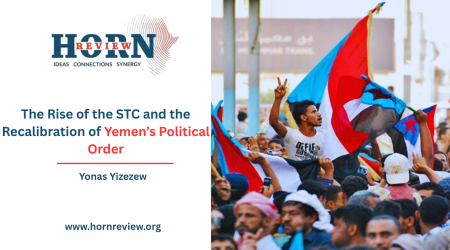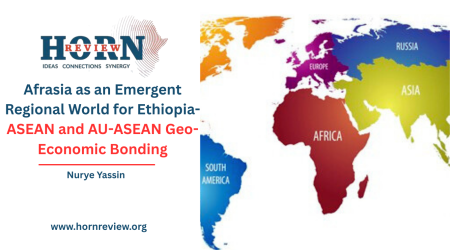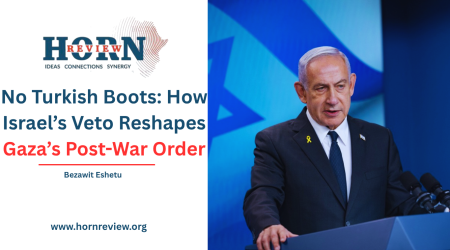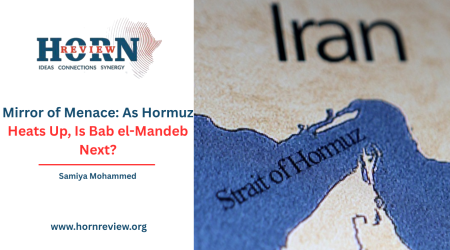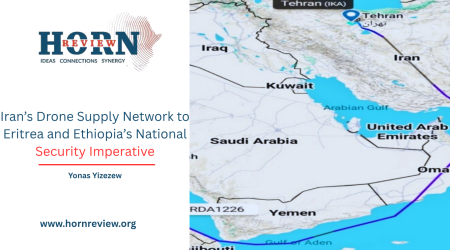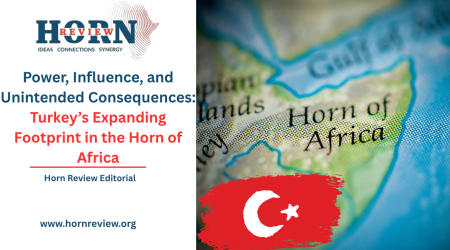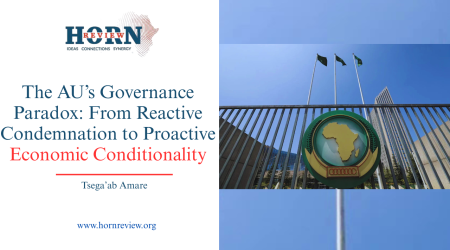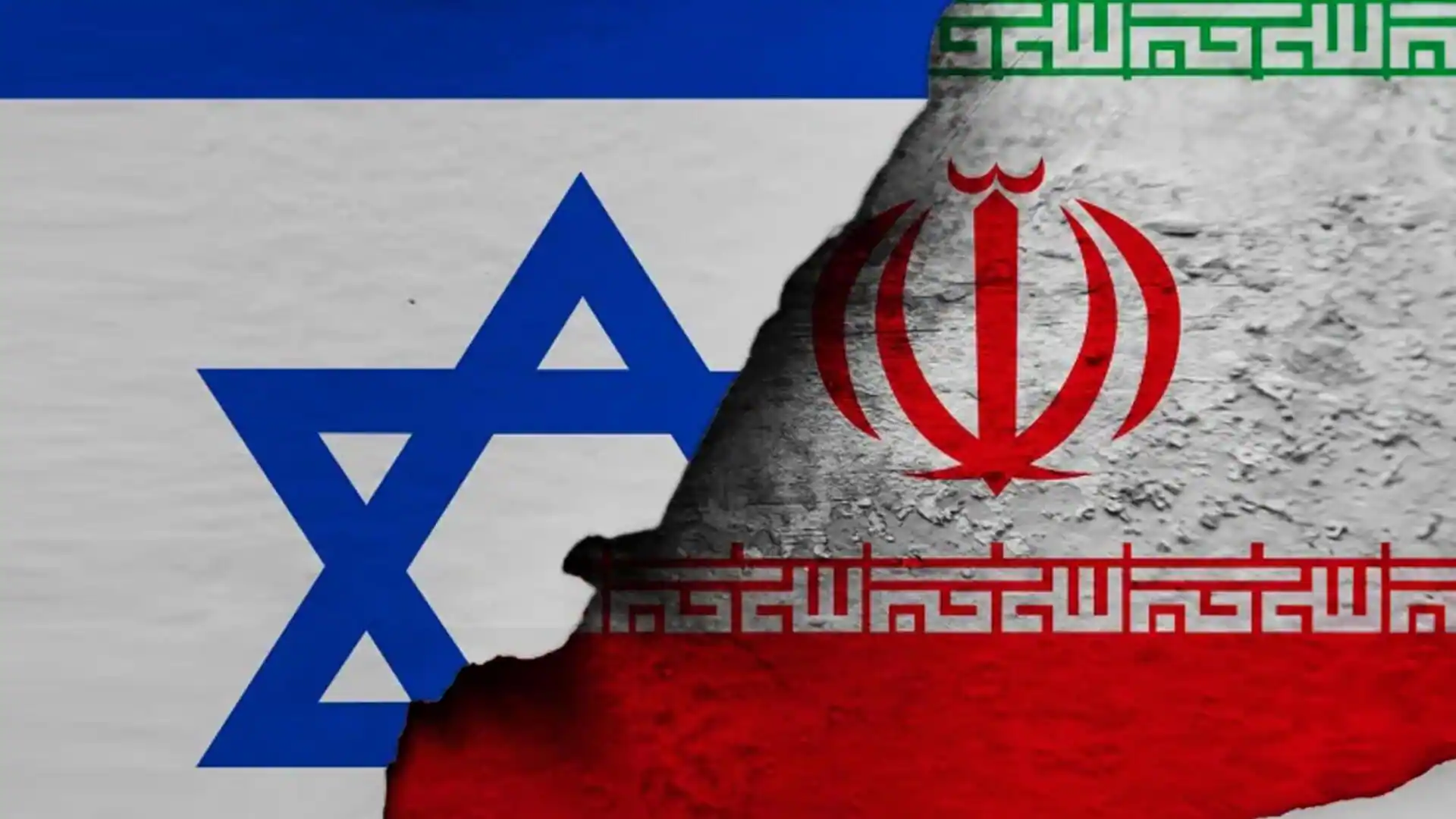
19
Jun
Possibilities and Impacts of Houthi Intervention in the Israel-Iran War
As the war between Israel and Iran escalates, its ramifications ripple across a region already saturated with instability and rivalries. The extent of the damage remains partially obscured by the information war, but credible reports confirm the death of hundreds of Iranians, thousands more injured, and the targeted killing of senior Iranian military figures. Despite these setbacks, Iran has signaled the strength and range of its military apparatus by striking strategic targets such as Tel Aviv and Haifa.
This is no ordinary confrontation. Unlike previous Israeli engagements in Gaza, Lebanon, or Yemen—conflicts largely defined by asymmetry—Iran brings to the table a different kind of resistance, with a vast missile arsenal, regional influence, and hardened strategic doctrines. This war will not be easily contained.
Israel faces not only a capable adversary but also the latent risk of a widened war involving Iranian allies and proxies. Iran, wary of triggering full-scale American intervention, has so far been cautious in directly targeting U.S. bases in the region. However, it continues to send a clear message: any country providing military assistance to Israel may itself become a target. While this threat underscores Iran’s deterrent strategy, it also opens the door for less predictable actors to carry out aggressive actions on Tehran’s behalf.
Among these, the Houthi movement in Yemen stands out. A key Iranian ally, the Houthis have grown from a localized insurgency into a sophisticated force capable of projecting power far beyond Yemen’s borders. Having already launched coordinated attacks on Israel in support of Palestinians in Gaza, the Houthis have publicly reaffirmed their commitment to Iran, signaling their willingness to open another front in the conflict. Such a move would serve Iran’s interests by expanding the theater of war, dispersing Israel’s focus, and applying pressure on U.S. strategic assets—without direct Iranian fingerprints.
This proxy dynamic adds a layer of unpredictability. The Houthis have long demonstrated both capability and intent, targeting commercial shipping in the Red Sea, threatening global trade routes, and launching long-range missiles and drones. Their alignment with Iran’s regional strategy suggests that future attacks—whether on Israeli targets or U.S. assets—are not only possible but strategically calculated.
Of particular concern is the U.S. military base in Djibouti, a cornerstone of American operations in the Horn of Africa and a symbol of Western presence in the region. While no direct evidence currently links the Houthis to plans targeting Djibouti, the proximity of their operational base in northern Yemen to this strategic site makes such an action feasible. Given Iran’s broader strategic interest in maintaining plausible deniability, the Houthis could serve as a proxy to deliver a calculated blow without inviting a full-scale U.S. retaliation against Tehran.
For countries like Ethiopia, this possibility is deeply alarming. The economic lifeline of Ethiopia depends almost entirely on the Djibouti corridor, through which over 95 percent of its trade flows. A disruption of even a few days—let alone weeks—could trigger a serious economic crisis marked by fuel shortages, inflation, and logistical paralysis. Such a disruption would reverberate not only through Ethiopia but across the Horn of Africa, a region already grappling with fragile political transitions, resource competition, and inter-state tensions.
The risk extends further. Should the conflict escalate to include the closure of the Strait of Hormuz—a critical chokepoint for global oil shipments—the consequences would be global. Energy markets would convulse. Oil prices would spike. Inflationary pressure would increase across both developed and developing economies. Though a full closure of the Strait remains improbable due to the scale of escalation it would require, even the threat of such a scenario exerts pressure on global markets and fuels the uncertainty that shapes war economics.
In light of these risks, preparation becomes imperative. Ethiopia and other Horn nations must move urgently to diversify their trade routes. Alternative ports in Kenya and Somalia, such as Lamu and Berbera, may not currently match Djibouti’s capacity or infrastructure but could serve as essential fail-safes in the event of disruption. Investing in logistical resilience, securing alternative fuel supplies, and bolstering regional diplomatic coordination will be key steps toward crisis mitigation.
What makes this moment especially precarious is the convergence of multiple strategic vulnerabilities. The Red Sea corridor, the Gulf states, the Levant, and the Horn of Africa are now interlinked in a web of tensions that could ignite under the pressure of proxy warfare. The Israel-Iran conflict is no longer confined to its immediate geography—it is fast becoming a regional system of confrontations, where any node may erupt with consequences that travel far and fast.
The Houthis’ potential intervention, therefore, is not a marginal footnote—it may represent a pivot point in the war’s evolution. Their actions could expand the conflict’s geographical scope, escalate military engagements, and entangle new actors. For the Horn of Africa, the cost of underestimating this risk is high. This is a moment for strategic foresight. Neutrality alone may not protect states caught in the logistical, economic, and political crossfire of a war that is rapidly defying borders.
What began as a bilateral confrontation is increasingly becoming a regional fault line. And for nations like Ethiopia, whose economic arteries pass through contested corridors and whose stability is tied to a fragile regional order, the time to act is now—not in response to crisis, but in anticipation of it.
By Markos Haile Feseha,Researcher,Horn Review


